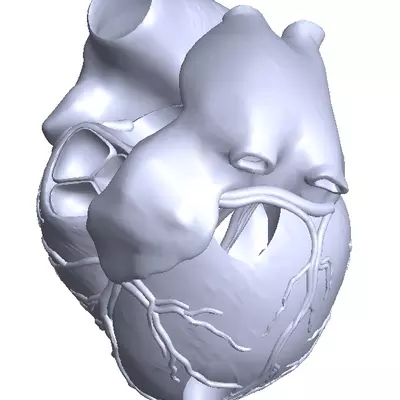- AdventHealth

We at the Nicholson Center have had the privilege of working with CMR Surgical on early trials with physicians and OR teams in using the new Versius surgical robot. Throughout the late Summer and early Fall our trainers worked with their engineering and education teams to provide instruction to two dozen clinical teams from around the country. In the process we became experts in using the device and discovered some of its unique capabilities.
The most interesting new features are found on the robotic arm carts that are used at the patient bedside. Where we have all become accustomed to robotic systems with arms that are all attached to a single base, CMR’s arms are mounted on independent small bases. Each base has a footprint of just 18” by 18” at the bedside, making it easy for the human team to work side-by-side with the device.
The arm itself is significantly different from those of other robotic surgery systems. It is jointed in a pattern very similar to the human arm. Each arm begins with a shoulder joint, followed by an elbow at the mid-point, and a wrist at the distal end. These make positioning and controlling the arm very intuitive as they match the geometry of a human arm. The “hand” on the end of the arm holds the instrument “end on”, almost like an artist holding a long paint brush. The instrument extends from the center of the hand allowing a large degree of dexterity in orienting and rotating that instrument from the outside of the patient’s body. The instrument itself is also wristed at its distal end, giving the arm four joints, each of which possess between four and seven degrees of freedom. These allow an extreme level of dexterity and control in maneuvering the tip of the instrument during a procedure.
The Versius uses an open surgeon console similar to several of the newer robotic devices that have emerged in recent years. Both engineers and clinicians expect this design to provide greater situation awareness for the surgeon who is leading activities and directing personnel in the OR.
The CMR Versius robot brings several new ideas into the robotic surgery domain. It will be interesting to see how these are perceived by the surgeons and clinical teams that will soon encounter them.
ABOUT THE AUTHOR:
Roger Smith, PhD is the Chief Technology Officer at the Nicholson Center, where he leads the research and product development team. Prior to joining the Nicholson Center, Dr. Smith served as the CTO for the U.S. Army Simulation, Training and Instrumentation (PEO-STRI) and served as a Research Scientist at Texas A&M University. He has written seven books and has worked with companies from twelve different countries. He continues to serve as a thought leader on LinkedIn through his #ROTD (RobotOfTheDay) Series and will be hosting a webinar in January on Robotic Surgery: Emerging Technologies.



